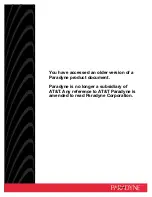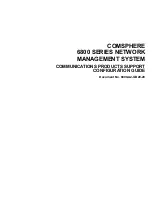
Chapter 3 Signal Conditioning Application Examples
BNC-2090 User Manual
3-10
National Instruments Corporation
(Formula 3-4)
Therefore,
(Formula 3-5)
When the MIO board is configured for
±
10 V input signals, the board
can acquire
±
30 V signals with this attenuator circuit.
Notice that the input impedance for the channels employing voltage
dividers circuit is reduced. In the example above, the input impedance
has been reduced to:
10 k
Ω
+ 10 k
Ω
+ 10 k
Ω
= 30 k
Ω
The reduced input impedance can cause loading errors for signal
sources with large source impedance. In general, the input impedance
presented by the voltage divider circuit must be much larger than the
source impedance of the signal source to avoid signal loading errors.
If your application requires the use of thermocouples, using a National
Instruments SC-2070 board is better suited for the task. The SC-2070
board is equipped with an onboard temperature sensor for use with
thermocouple cold-junction compensation.
Analog Output
Each analog output has two open-component positions for passive
signal conditioning components. One is designated as a resistor and one
is designated as a capacitor. Factory-default positions for the 0
Ω
jumpers are R17 and R18 as shown in Figure 3-8.
G
10 k
Ω
10 k
Ω
10 k
Ω
10 k
Ω
+
+
(
)
------------------------------------------------------------------
1
3
---
=
=
V
MIO
1
3
--- V
SC
(
)
=
















































